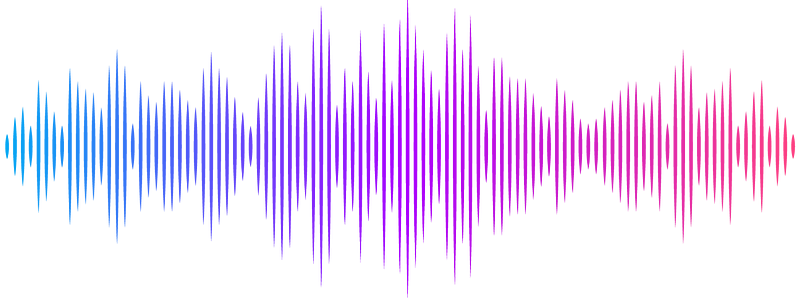Fast 3D imaging in the auditory cortex of awake mice reveals that astrocytes control neurovascular coupling responses locally at arteriole-capillary junctions.

Fast 3D imaging in the auditory cortex of awake mice reveals that astrocytes control neurovascular coupling responses locally at arteriole-capillary junctions.
Lind, B. L.; Volterra, A.
AbstractDuring neuronal activity, cerebral blood flow increases to ensure adequate glucose and oxygen supply, a crucial mechanism known as the neurovascular coupling response. Blood is drawn from the brain surface through penetrating arterioles (PA) and locally redistributed via branching capillaries in the cerebral cortex. All blood vessels, regardless of cortical layer or size, are covered by astrocytic end-feet, suggesting a potential regulatory role. Though the regulatory machinery is known to be present in astrocyte end-feet, its role in this blood recruitment is still controversial. A likely explanation for the controversy is that studies so far have been done without considering the structural basis for blood flow regulation and the heterogeneity in blood vessel dilation patterns. We performed our experiments in awake mice, using a 3D+t two-photon imaging approach by which we could image regions at the branching point between PA and capillary bed at high speed. This led us to detect rapid, localized astrocytic Ca2+ signals in the end-feet surrounding the sphincter connecting the two vascular compartments. Mice often moved during experiments, and we noticed that in these cases, most of the natural vessel dilations in our imaged region were multicompartmental, extending from the PA to the 1st order capillary across the pre-capillary sphincter or vice versa. In contrast, when the mouse was at rest, dilations were more spatially restricted, with at least half of them remaining confined to one of the two compartments. The local Ca2+ rises in the end-feet encircling the pre-capillary sphincters preceded dilations spread and were notably correlated with multicompartment dilations. These Ca2+ signals were attenuated in IP3R2KO mice, lacking a major source of astrocyte Ca2+ rises, and the number of dilations crossing the sphincter was significantly reduced or slowed down compared to wild-type mice. When we induced dilations by auditory stimulation, we found that they had patterns and dependency on local astrocyte Ca2+ activity analogous to those of naturally occurring dilations. In conclusion, we discovered that pre-capillary sphincters play a pivotal role in the bidirectional dilation spread between vascular compartments and that local astrocyte Ca2+ signaling controls this function. This mechanism, described here for the first time, allows astrocytes to control the dilation transition across the sphincters and contribute to laminar blood flow regulation during neurovascular coupling responses.


